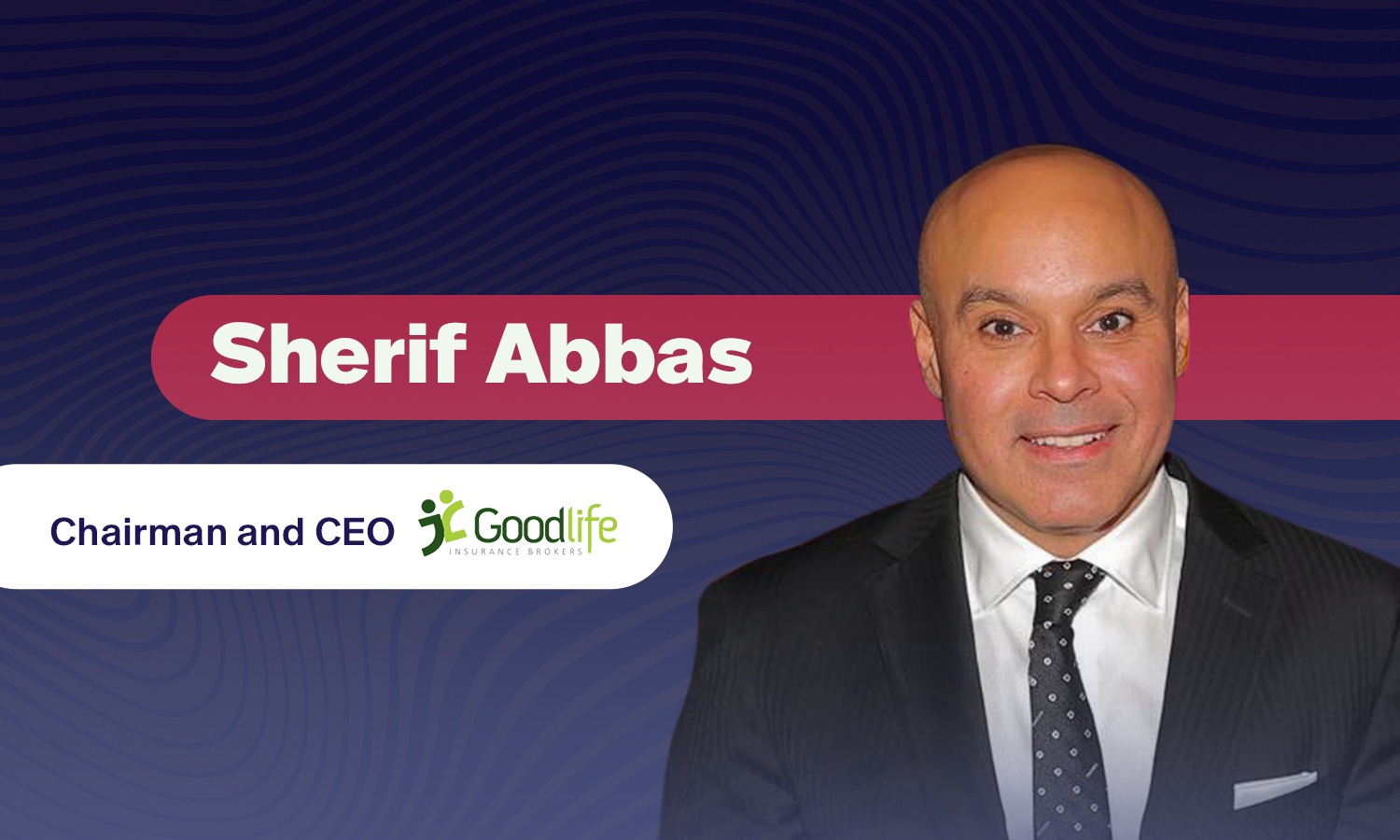NAEEM Holding bets on fintech, private credit for Egypt growth
Updated 10/19/2025 9:00:00 AM
Arab Finance: Egypt’s capital markets are experiencing significant shifts, marked by ongoing consolidation among smaller players. They are poised for future growth driven by digitalization, fintech, and private credit. Despite short-term volatility, renewed investor confidence has backed the benchmark EGX30 Index climb 14.1% year-to-date as of mid-2025, according to a Cabinet statement. This environment of growth and opportunity requires institutions to combine regional depth with entrepreneurial agility.
Amid this market evolution, we spoke with Omnia Kelig, Group Deputy Chief Executive Officer of NAEEM Holding. The firm is recognized as one of the region's largest growing investment banks, operating across investment banking, asset management, brokerage, and private equity. In this exclusive interview, Kelig shares valuable insights into how the firm balances its diversified portfolio, channels Gulf capital into regional opportunities, and positions NAEEM as a vital bridge between capital markets.
1-Congratulations on being named one of Forbes’ Powerful Businesswomen in the Middle East for 2025! What does this recognition mean to you personally, what changes do you believe are still needed to promote gender diversity in the financial sector?
Being recognized by Forbes is an honor, but I view it as a reflection of collective effort rather than an individual milestone. It highlights the strength of the teams and institutions I have worked with and the growing visibility of women in finance across our region.
Women have made real progress, but they still need stronger mentorship pipelines, clearer access to leadership roles, and workplace cultures that encourage them to step forward and lead. I have always believed that if you can see it, you can be it—and I try to embody that belief for younger women entering the industry.
2-Your career spans nearly two decades in investment banking and private equity, including landmark deals like Egypt’s first securitization transaction. What key lessons have you brought from those experiences to your role at NAEEM?
When I look back on my early transactions, what stands out is not the deal size but the mindset they required—the constant need to innovate while staying grounded in discipline. Structuring Egypt’s first securitization taught me that real progress happens when those two forces work together.
At NAEEM, that philosophy continues to guide everything I do: be bold enough to innovate, yet disciplined enough to sustain long-term impact.
3-NAEEM Holding is recognized as one of the largest growing investment banks in the MENA region. What do you believe sets NAEEM apart from its competitors in terms of strategy and services?
What sets NAEEM apart is our ability to combine regional depth with entrepreneurial agility. We operate across investment banking, asset management, brokerage, and private equity, with the nimbleness of a boutique house.
We are large enough to have institutional strength, yet slim enough to act opportunistically, like a boutique.
4-With investments across banking, real estate, and industrial sectors, how does NAEEM balance its diversified portfolio to ensure sustainable growth?
Diversification is one of our core strategies for resilience. We do not diversify for the sake of it — we do it deliberately, guided by data and a strong macro view. Our teams continuously assess sector trends, risk profiles, and timing to re-allocate capital efficiently.
We also take a long-term approach. In volatile markets, quick wins can be tempting, but sustainable growth is what truly preserves value.
5- NAEEM Holding is dually listed on the Egyptian Exchange (EGX) and the Dubai Financial Market (DFM). How has this dual listing benefited the company and its investors, and what are the challenges and opportunities of cross-border operations in the MENA region?
Dual listing has broadened our investor base and increased regional visibility. Managing compliance under two regulatory regimes is not easy, but it has instilled an even greater sense of transparency and rigor.
It also positions NAEEM as a bridge between Egyptian and Gulf capital markets — and that cross-border perspective is central to our growth story.
6-What are NAEEM Holding’s key investment strategies today?
Our current focus is built around four growth pillars:
- Real estate and hospitality, with a main focus on office and commercial developments, alongside hotel projects in high-growth destinations such as the Red Sea.
- Industrial expansion, which includes the establishment of a corrugated carton manufacturing facility in 10th of Ramadan City, alongside our expansion into warehousing facilities and other manufacturing sectors.
- Capital-market growth, through asset management and brokerage.
- Digital transformation, embedding technology across our product offering.
All four align with regional megatrends — urbanization, industrialization, and strong capital inflows from the Gulf into Egypt and beyond.
7- How do you view the current state and future prospects of Egypt’s financial services sector?
Despite ongoing macroeconomic challenges, Egypt’s financial services sector remains resilient and full of potential. I expect continued consolidation among smaller players, which will strengthen the overall system.
The next growth chapter will come from digitalization, fintech, and private credit.
8-You have structured innovative Islamic finance deals in the past. How do you see Islamic finance evolving in MENA?
Islamic finance is entering a new phase — it is no longer niche, it is mainstream. Sukuk, Islamic funds, and Sharia-compliant real-estate structures are attracting growing regional and global interest.
I also see a natural overlap between Islamic finance and ESG principles — both are value-driven, ethical, and asset-backed. Future growth will come from financing infrastructure, housing, and SMEs — sectors that truly drive inclusive development.
9- Given Egypt’s current economic environment, what is your outlook for the EGX and capital markets for the remainder of 2025?
The short term remains volatile, driven by FX pressures, liquidity conditions, and regional tensions. However, I am optimistic about the medium term. Privatizations, new IPOs, and renewed foreign participation are key catalysts.
10-What are NAEEM’s strategic priorities for the next three to five years?
Our strategy focuses on scaling our asset-management business across MENA, expanding our real-estate and industrial arms, and deepening our digital transformation.
We are also channeling Gulf capital into Egypt and regional opportunities, positioning NAEEM as a connector between markets. Throughout all of this, we will continue to preserve the entrepreneurial DNA that defines us — agile, ambitious, and disciplined.
11- Finally, what message would you like to leave with our readers?
Our region is at a turning point. To young women in finance: step forward — the future depends on those who dare to inspire and lead.
Related News










